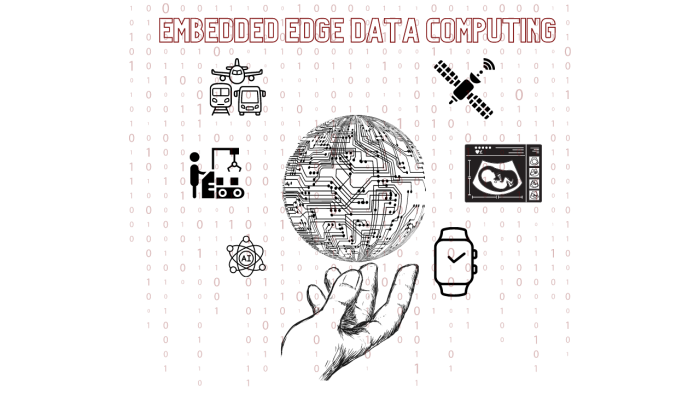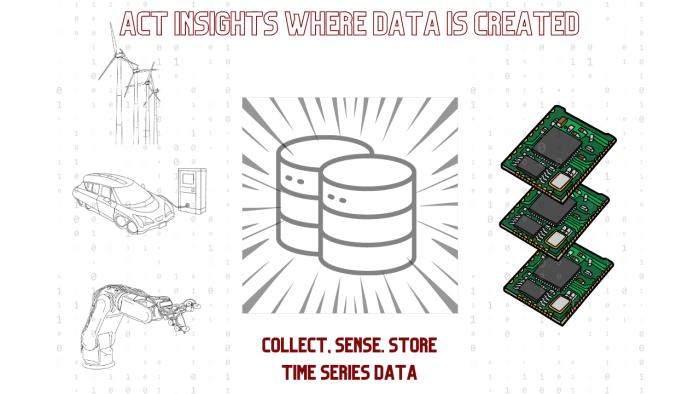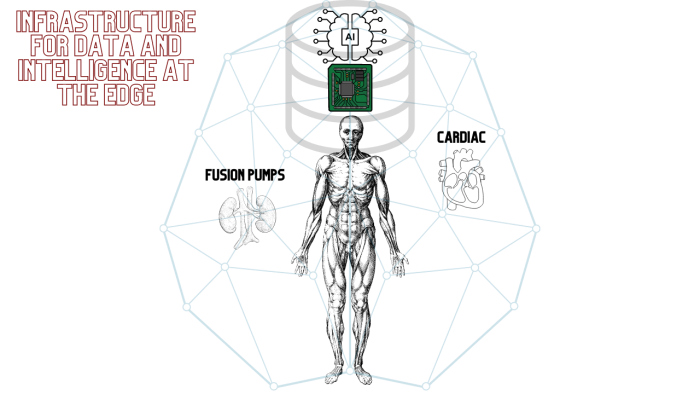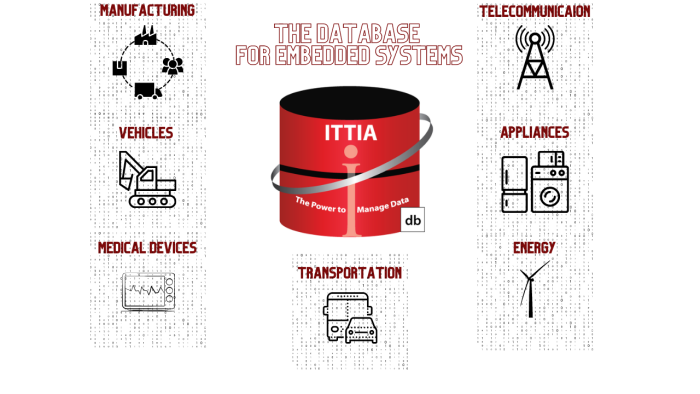Embedded Edge Data Computing
Embedded data management challenges limit innovation and fundamental data monitoring, information gathering, and integration with software and hardware poses a significant complexity problem for developing embedded systems. As a result, the product's ability to remain on the market becomes limited by an inconsistent data management strategy.
For embedded systems, edge computing's 5G strength, security, affordable bandwidth, and data maintenance open up a world of possibilities. It brings data monitoring, data analysis, and computing close to the source of the data. As a result, whether building embedded systems with microprocessors or microcontrollers data collecting, sensing, and storing time series data is part of edge data management requirements.

An embedded autonomous data management solution from ITTIA takes into account the size, variety, and rate of change in edge contexts. In order to assist manufacturers of embedded systems in updating their edge computing, ITTIA also provides solutions.
Explore ITTIA DB's extensive portfolio, which forms the foundation of contemporary data architectures, as you develop your embedded IoT data strategy.
Importance of Data Management for IoT Edge
Developers are attempting to gather, combine, and analyze time series data in order to uncover its value as microcontrollers and microprocessors gain the required capabilities to understand and manage data. Information modernization is the process of resolving data chaos and transforming it into intelligence.

In order to improve embedded systems and IoT devices’ value and accelerate competitive offering, collecting, processing, and preparation of data for AI and ML applications at the edge to take actionable solutions such as forecasting, anomaly detection, etc. is important.
Why Embedded IoT Database?
IoT has changed the computing landscape. Devices which served a single function in a simple embedded system are now being utilized for time series data sensing, analysis, and storage so the systems can perform better and cost less.

These edge computing devices act on data at the source, refine large volumes of data and keep meaningful information. Distributed local computing framework brings devices all gathered in an embedded system closer to data sources. This proximity to data at its source delivers strong business benefits, faster insights, improved response times, and better bandwidth availability.
Why ITTIA DB?
ITTIA DB product family for embedded systems includes ITTIA DB IoT for microcontrollers (MCUs) and ITTIA DB SQL (MPUs) for microprocessors and electronics control units (ECUs). Both products are designed to store, manage, secure, and unlock the hidden value of embedded systems data. These databases are purpose-built technologies for embedded edge IoT device deployments.

As manufacturers of embedded systems seek to understand data in applications built for smart connected systems, the modern ITTIA DB database enables devices to capture and organize data for advanced querying, aggregation, and filtering. It smooths unrefined raw data and provides quick access to the data that matters and scales to many devices.
To achieve real-time data monitoring objectives, innovations with ITTIA DB are poised to make embedded systems fundamentally benefit from edge data management and processing capabilities. ITTIA DB’s added value includes expansion of data access throughout the entire system, device empowerment for quick decision-making, and time series data analytics.
ITTIA DB also offers manufacturers easy, cost-efficient methods to run data campaigns across their systems for preventive maintenance, system behavior monitoring, anomaly detection, and more.
ITTIA DB's AI and ML data enablement empowers embedded systems to use edge devices for analytics, automation, and AI-powered products. ITTIA DB helps to improve resiliency, reliability, scalability, and cost-effectiveness without sacrificing data security.
Next Step
IoT sensors, connected devices, and machine behaviors fuel the increase of intelligent systems data, necessitating the logging of timestamp-driven actions. As a result, real-time data processing and data management have become critical requirements for embedded system application developers, with data security playing a critical role.
We can offer you a complimentary one-on-one session during which ITTIA professionals will learn about your exact requirements and address your specific application-related questions.
